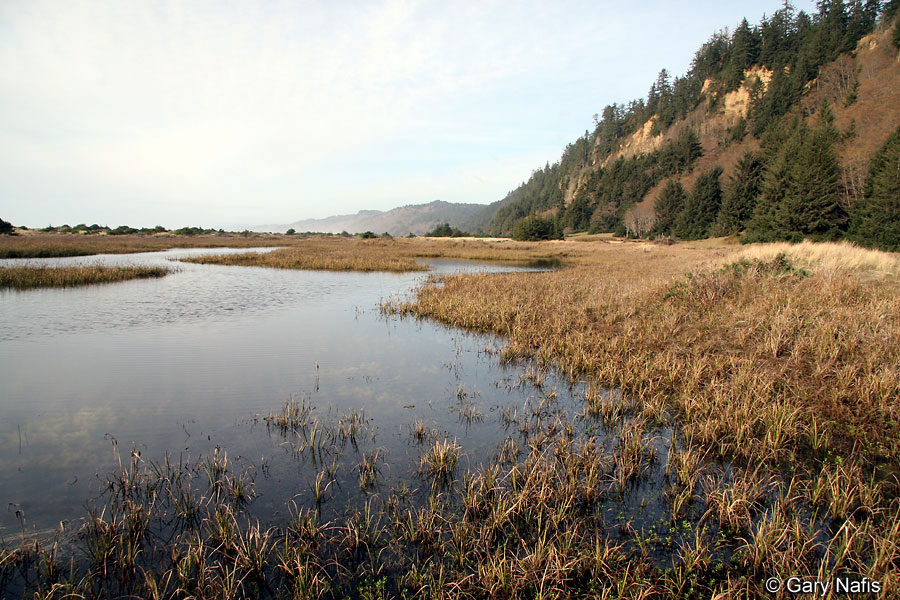Habitat
Pacific tree frogs can be found in a variety of different
habitats often not far from water including, woodlands, grasslands,
sea to high altitude levels, residential areas, redwood
 forest
and deserts. They are commonly found in cool and damp environments,
such as lakes, ponds, rivers, springs and streams (EOL
2013). They are most commonly found throughout North America, and
west of the Rocky Mountains.
forest
and deserts. They are commonly found in cool and damp environments,
such as lakes, ponds, rivers, springs and streams (EOL
2013). They are most commonly found throughout North America, and
west of the Rocky Mountains.
Their geographical location extends from southern parts of British Columbia including Mt. Scriven and McBride to Canada, Oregon and to the tip of Baja California and down through Mexico. Their eastern geographic range extends into Nevada, the western half of Idaho and the western extremities of Montana. In central Baja, California the Pacific tree frog is only restricted to desert oases (ADW 2013).
The Pacific tree frog can be found in sea levels to at least
3,384 m (11,000ft) in Nevada and at least 1,585 m (5,200ft) in
Washington and to 2,247m (7,370ft) in Oregon. They were recently f ound
on Revillagigedo Island in Alexander Archipelago located in Alaska.
The Pacific tree frog is also the only know native frog species on
the Channel Islands off the coast of southern California
(EOL 2013). The Pacific tree frog is very tolerant and
adjusts well to climatic and weather changes and that’s why they are
found in so many places across the continent.
ound
on Revillagigedo Island in Alexander Archipelago located in Alaska.
The Pacific tree frog is also the only know native frog species on
the Channel Islands off the coast of southern California
(EOL 2013). The Pacific tree frog is very tolerant and
adjusts well to climatic and weather changes and that’s why they are
found in so many places across the continent.
Find out how Pacific tree frogs adapt to their habitiats by visiting the Adaptations page
